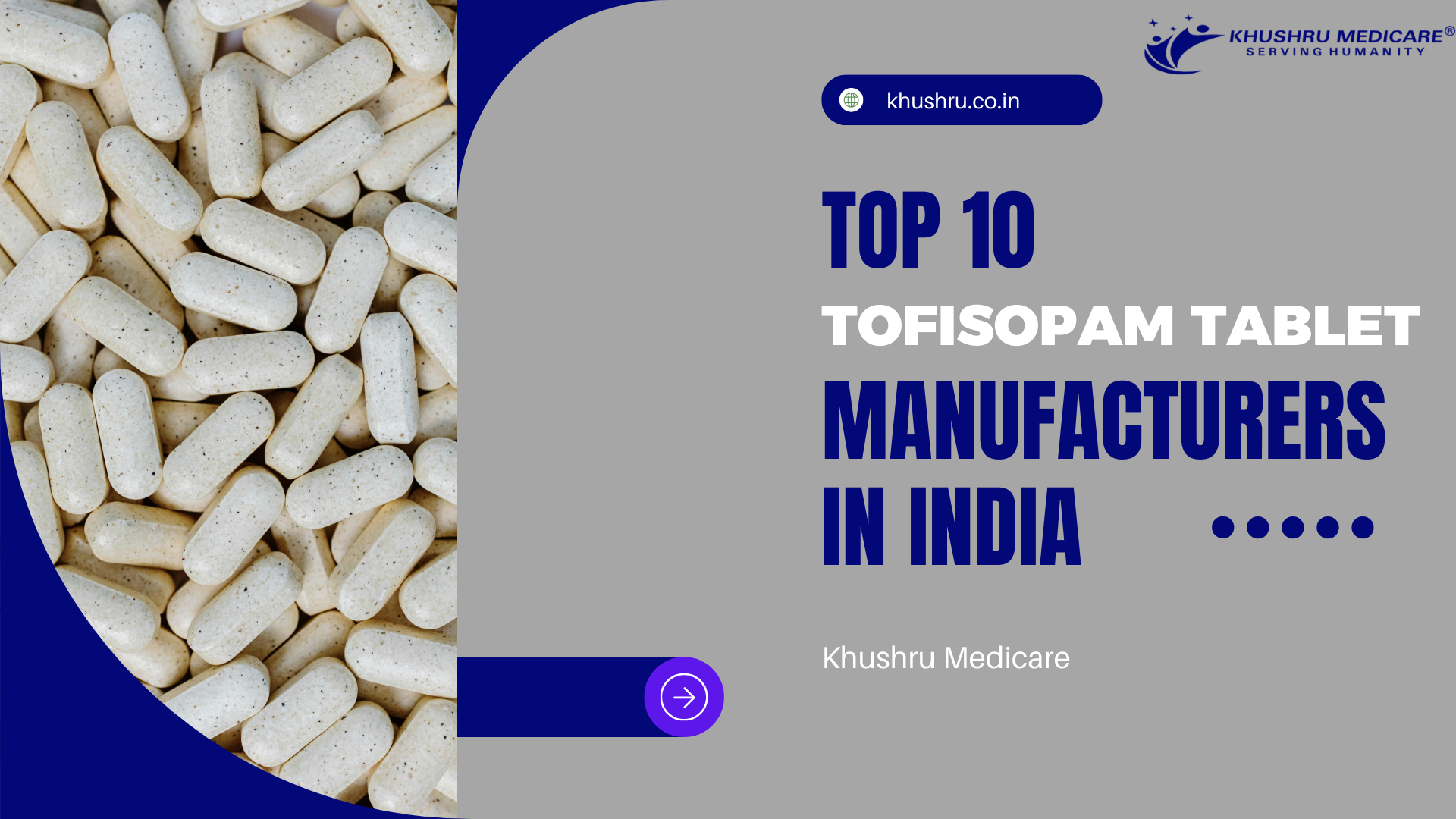
In today’s competitive business landscape, companies often turn to third-party manufacturer to streamline production, reduce costs, and enhance efficiency. Whether you’re a startup or an established enterprise, selecting the right third-party manufacturing partner is critical for success. In this comprehensive guide, we’ll explore key considerations, practical tips, and common pitfalls to help you make informed decisions.
Understand Outsource Manufacturing
Outsourcing manufacturing involves contracting a third-party manufacturerto produce products, components, or parts that were previously manufactured in-house. It can range from a single product component to a complete end-product assembly.
When to Outsource Manufacturing
Consider outsourcing if:
-
1. Lack of Expertise:
- Your company lacks technical knowledge or expertise required for manufacturing.
-
2. Cost Savings:
- Outsourcing helps avoid capital expenses and offers lower labor costs.
-
3. Scalability:
- Manufacturers allow flexible production based on business needs.
-
4. Focus on Core Competencies:
- Outsourcing lets you concentrate on essential areas like R&D and marketing.
Key Considerations
When evaluating third-party manufacturers, pay attention to:
-
1. Experience:
- Look for a proven track record.
-
2. Quality Standards:
- Ensure adherence to stringent quality control measures.
-
3. Production Capacity:
- Can they handle your volume requirements?
-
4. Technology and Equipment:
- Are they up-to-date with modern manufacturing processes?
-
5. Cost:
- Balance quality and cost-effectiveness.

Things to keep in mind whle dealing with Third- Party Manufacturer
How to Outsource Manufacturing
Here are the steps to ensure a successful outcome:
-
1. Define Your Requirements:
- Clearly outline what you need.
-
2. Research Potential Manufacturers:
- Look for experience, certifications, and references.
-
3. Evaluate Quality Control Measures:
- Inspect their quality standards.
-
4. Visit Their Facilities:
- Assess their technology, equipment, and production capacity.
-
5. Negotiate Terms:
- Discuss pricing, lead times, and contractual details.
-
6. Start with a Trial Run:
- Test their capabilities before committing fully
Remember, choosing the right third-party manufacturer is crucial for your business’s success. Take the time to evaluate your options carefully and find a partner that aligns with your needs and goals.
Q&A: Choosing the Right Third-Party Manufacturer
Q1. What industries commonly use third-party manufacturing services?
A: Third-party manufacturing is prevalent across various industries, including pharmaceuticals, electronics, automotive, consumer goods, and more. Companies outsource production to specialized manufacturers to optimize costs and focus on core competencies.
Q2. How do I evaluate a third-party manufacturer’s quality standards?
A: To assess quality:
- – Certifications: Look for ISO, GMP, or other relevant certifications.
- – Sample Inspection: Request product samples for quality testing.
- – References: Speak to existing clients about their experience.
Q3. Can I negotiate terms with a third-party manufacturer?
A: Absolutely! Negotiate pricing, lead times, minimum order quantities, and contractual terms. Be clear about your expectations and requirements.
Q4. What are the risks of choosing the wrong third-party manufacturer?
A: Selecting the wrong partner can lead to:
- – Quality Issues: Subpar products affect your brand reputation.
- – Delays: Late deliveries disrupt your supply chain.
- – Communication Problems: Misunderstandings can arise.




